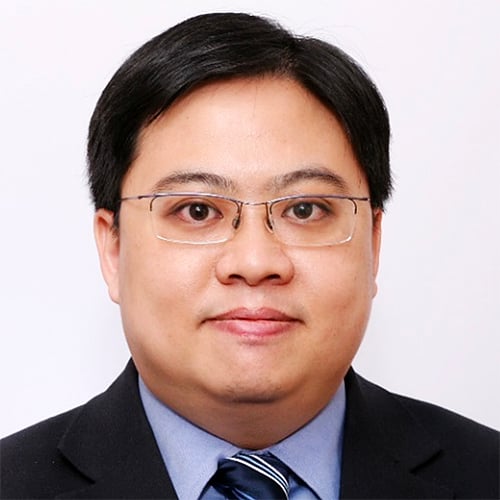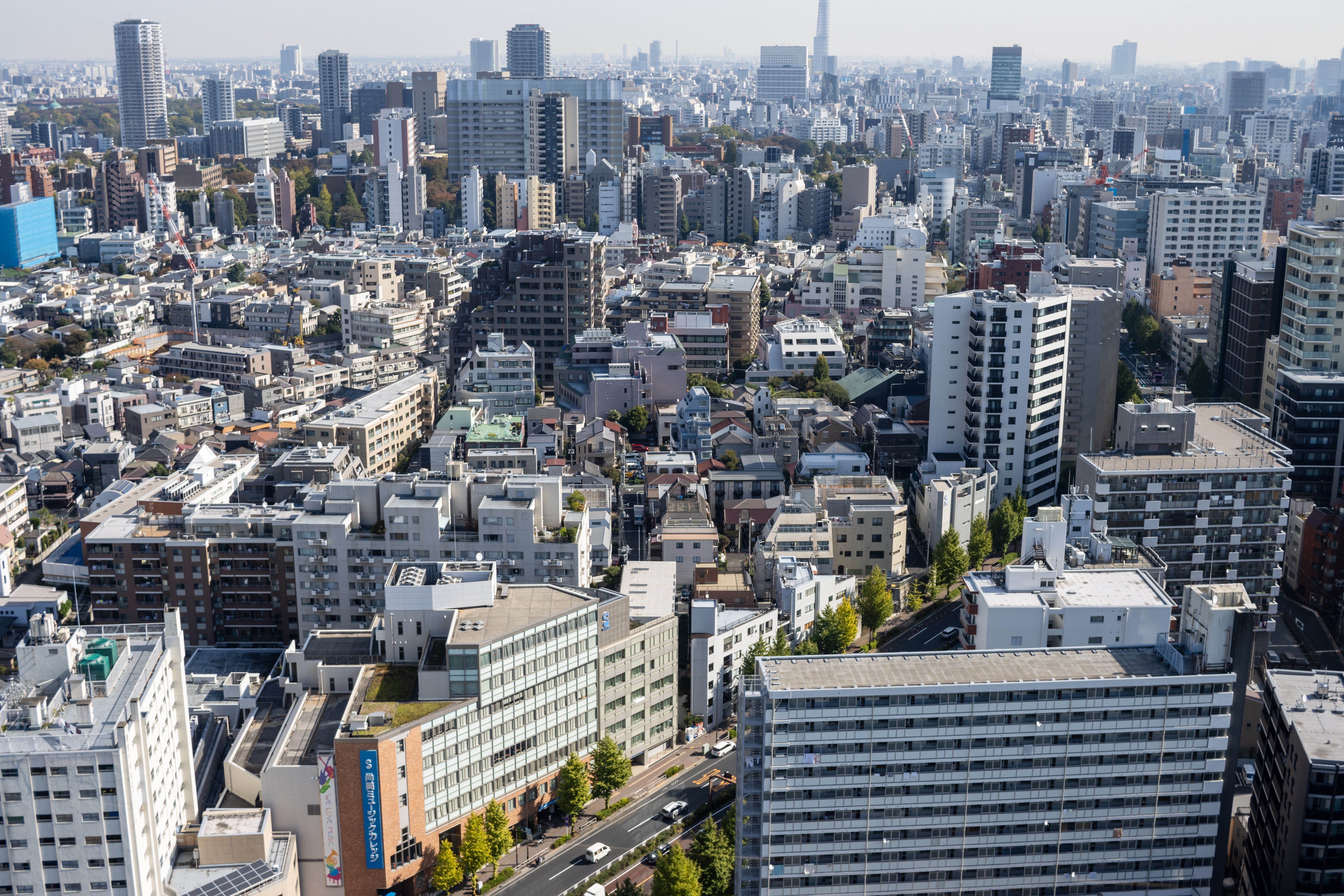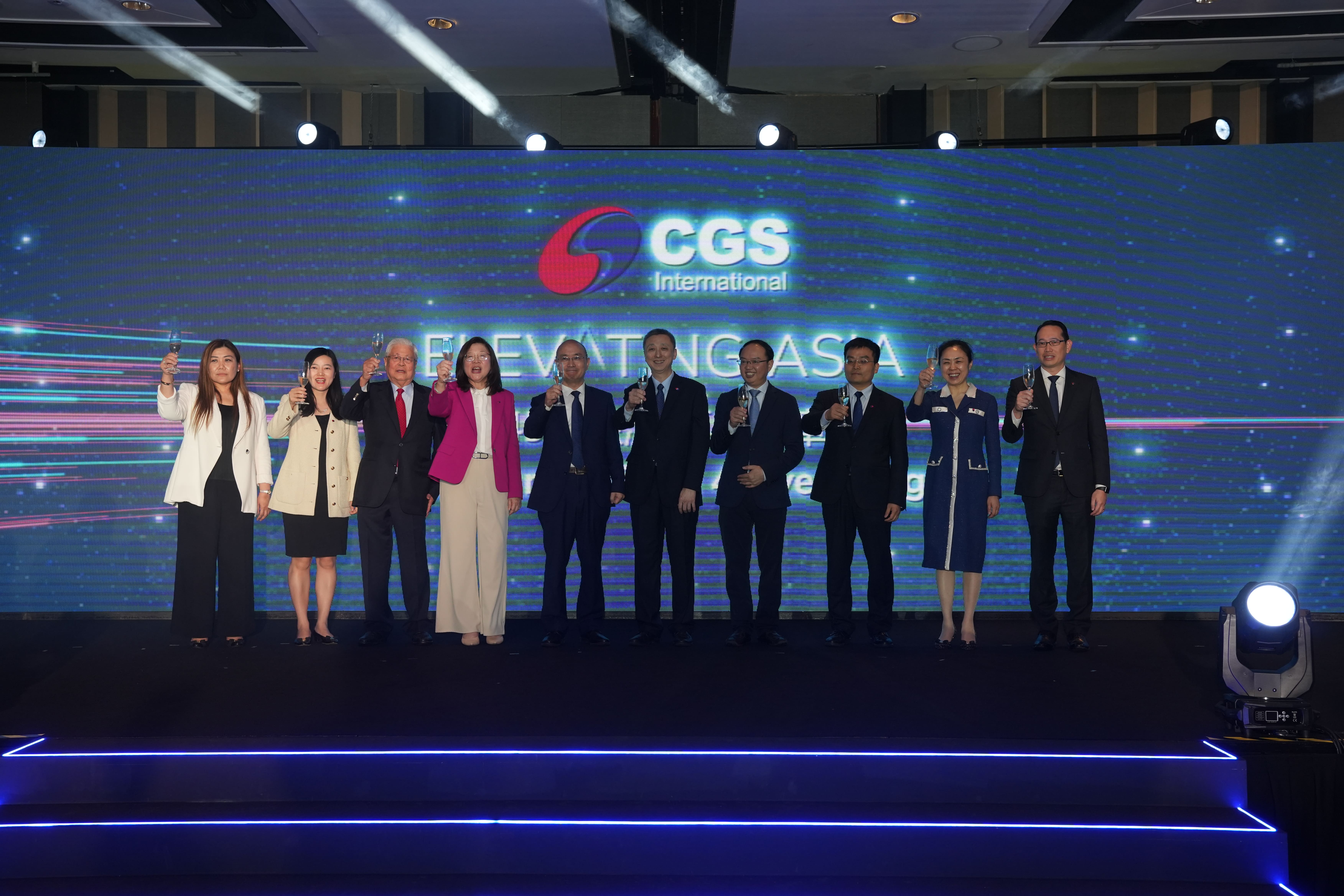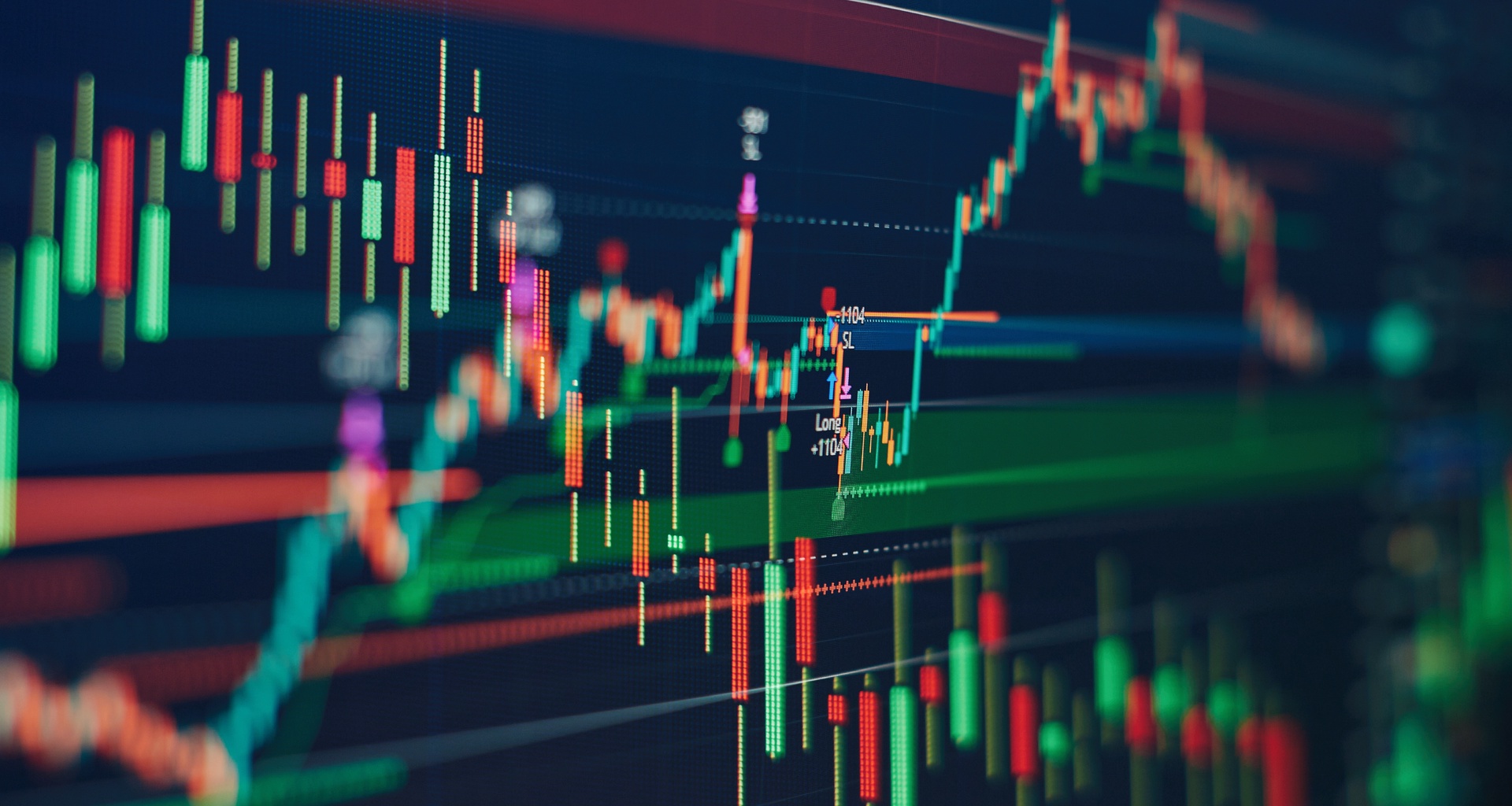Exchange-traded fund (ETF) markets in Asia ex-Japan have seen record growth in recent years, with product innovation expanding investment opportunities and client choices.
Assets under management rose 217.6% from 2017 to reach US$422.3 billion last year, or a compound annual growth rate (CAGR) of 33.5% over the five-year period, according to Cerulli Associates.
The technology sector led inflows to the region’s onshore ETF space in 2020 and 2021. In terms of underlying themes, the top ETF launches in 2021 in China included those tapping opportunities in internet, technology, infrastructure, and broad index products. In markets such as Korea and Taiwan, ETFs focused on technology, semiconductors, batteries, and the metaverse received positive responses.
Product innovation is creating more investment opportunities and customer choices within the ETF market. According to Cerulli, 83% of managers in China, 67% in Korea, and 60% in India said they are in the process of developing ETF products. Environmental, social, and governance (ESG) equity and new energy themes, as well as US equity and technology ETFs, are gaining favour among asset managers in the region.
ETFs enable managers to gather assets through stock exchanges. As such, securities houses that provide trading accounts are becoming a more important distribution channel compared to private banks, Cerulli says. With the increase in direct securities trading and usage of ETFs, combined with tapping some active elements with mutual funds, securities houses are becoming much more flexible one-stop shops for distributing all financial instruments compared to banks.
However, competition among asset managers to cut ETF fees is intensifying, as they give priority to gaining market share despite the possibility of lower profits. This could result in consolidation among the top ETF players as small and mid-sized ETF providers are pushed out, leaving end clients with fewer product alternatives, the research and consulting firm says.
In Korea, the US ETF segment is gradually heading for oligopoly as it is led by Samsung Asset Management and Mirae Asset Global Investments, leaving little room for new entrants using the same US indices. Similar fee compression trends are in play elsewhere in established ETF segments, such as Korean ETFs (tracking the Kospi 100), Chinese ETFs (CSI 300), and Hong Kong ETFs (Hang Seng), since only the biggest players are best placed to harvest economies of scale and offer the lowest fees.
“Continuing fee compression, especially in the more established areas where only the biggest players that are able to offer the lowest fees can survive, makes product innovation essential to establish competitive advantages in niche or untapped areas,” says Soo Ah Ran Cho, associate director at Cerulli. “These include offering access to megatrend themes such as disruptive technology and sustainable investing, which are sought by retail investors. Managers are keen to develop ETF products, and this will help expand the size of the region’s market and the opportunities within.”









